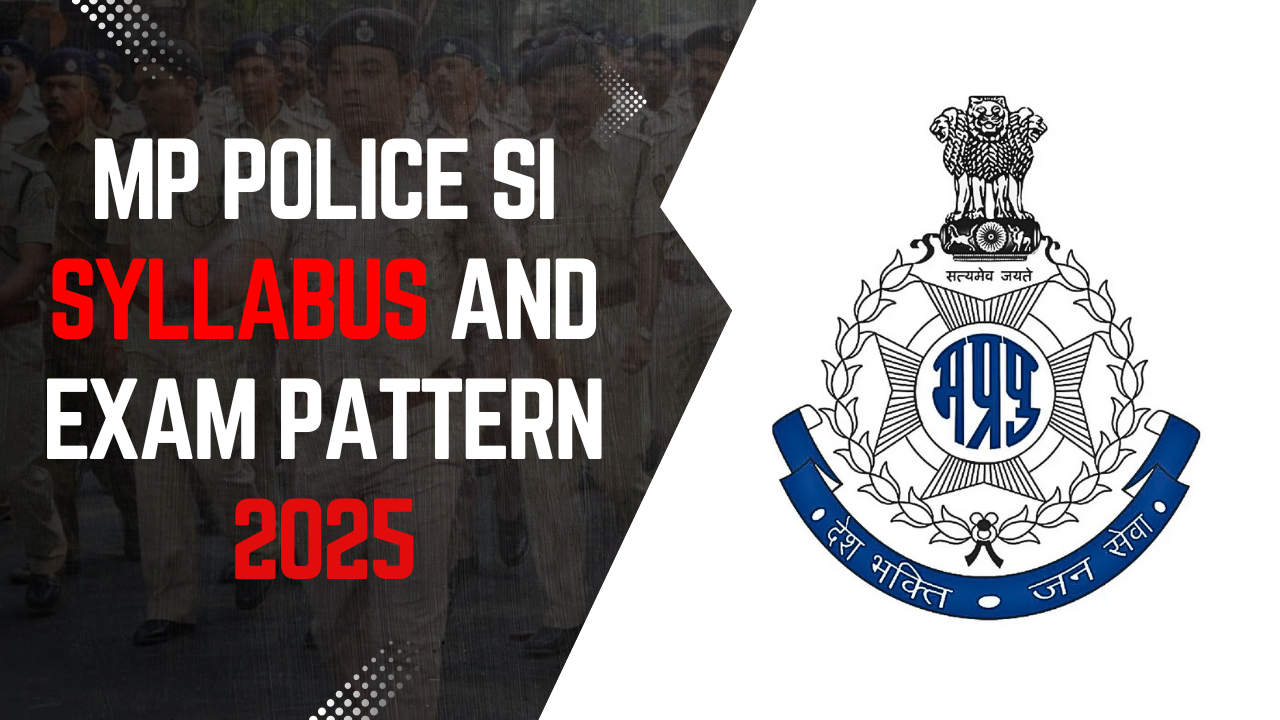Lebang Boomani, Tripura’s vibrant harvest dance, reflects tribal agricultural life. Essential daily GK update for UPSC, SSC, Banking exams | Atharva Examwise
Lebang Boomani: Tripura’s Traditional Harvest Dance | Current Affairs March 2025
Introduction
Lebang Boomani is a unique and vibrant folk dance from Tripura that holds a special place in the state’s rich cultural heritage. This dance not only showcases the agricultural traditions of the Tripuri community but also stands out for its colorful style and cultural significance, making it important for competitive exam news. Stay updated with Atharva Examwise current news as we explore this fascinating tradition, highly relevant for aspirants of UPSC, SSC, Banking, and other competitive exams.
What is Lebang Boomani Dance?
Lebang Boomani is a traditional harvest dance performed in Tripura, primarily after the harvesting season. The dance beautifully depicts the agricultural lifestyle of the Tripuri people and their deep connection with nature. The highlight of this dance is the process of catching the colorful insects called ‘Lebang’, which is artistically represented through music and movement.
The Dance Process and Cultural Significance
During the anticipation of the monsoon, community members climb the hill slopes in search of the seeds of the vibrant ‘Lebang’ insects.
Men create rhythmic sounds using two bamboo sticks (bamboo clappers), which attract the insects from their hiding places.
Women, in groups, run across the slopes to catch these colorful insects.
The entire process is depicted through dance, accompanied by traditional bamboo musical instruments such as Khamb (bamboo pole), flute, sarinda, bamboo-made Lebang, and bamboo cymbals.
Women adorn themselves with traditional jewelry like silver chains with coins, silver bangles, bronze earrings and nose rings, and flowers as ornaments, adding to the visual appeal of the performance.
Key Facts: Lebang Boomani Dance
Traditional harvest dance of Tripura, performed after the crop harvest.
The dance depicts the process of catching the colorful ‘Lebang’ insects.
Men use bamboo sticks to produce rhythmic sounds; women catch the insects.
Musical instruments used: Khamb, flute, sarinda, bamboo Lebang, bamboo cymbals.
Women wear indigenous jewelry (silver chains, bangles, bronze ornaments) and flowers.
Reflects the agricultural lifestyle and nature-centric traditions of the Tripuri community.
Other major folk dances of Tripura: Hozagiri, Garia, Jhum, Mamita, Masak Sumani, Biju, Cheraw, Welcome Dance, etc.
Significance of Lebang Boomani Dance
The dance symbolizes good fortune and prosperity for the community. It is believed that the more Lebang insects are caught, the better the upcoming harvest will be.
Through this dance, the community expresses gratitude towards nature and fosters social unity.
Why this matters for exams
Lebang Boomani represents the cultural identity and agricultural tradition of Tripura-making it a crucial topic for current affairs March 2025 in exams like UPSC, SSC, and Banking.
Lists of major folk dances, their cultural significance, and associated customs from various states are frequently asked in the general knowledge (GK) and daily GK update sections of competitive exams.
State-wise folk dances, musical instruments, and traditional attire often appear as factual questions in exams.
Stay connected with Atharva Examwise current news for more such important competitive exam news and daily GK updates!






